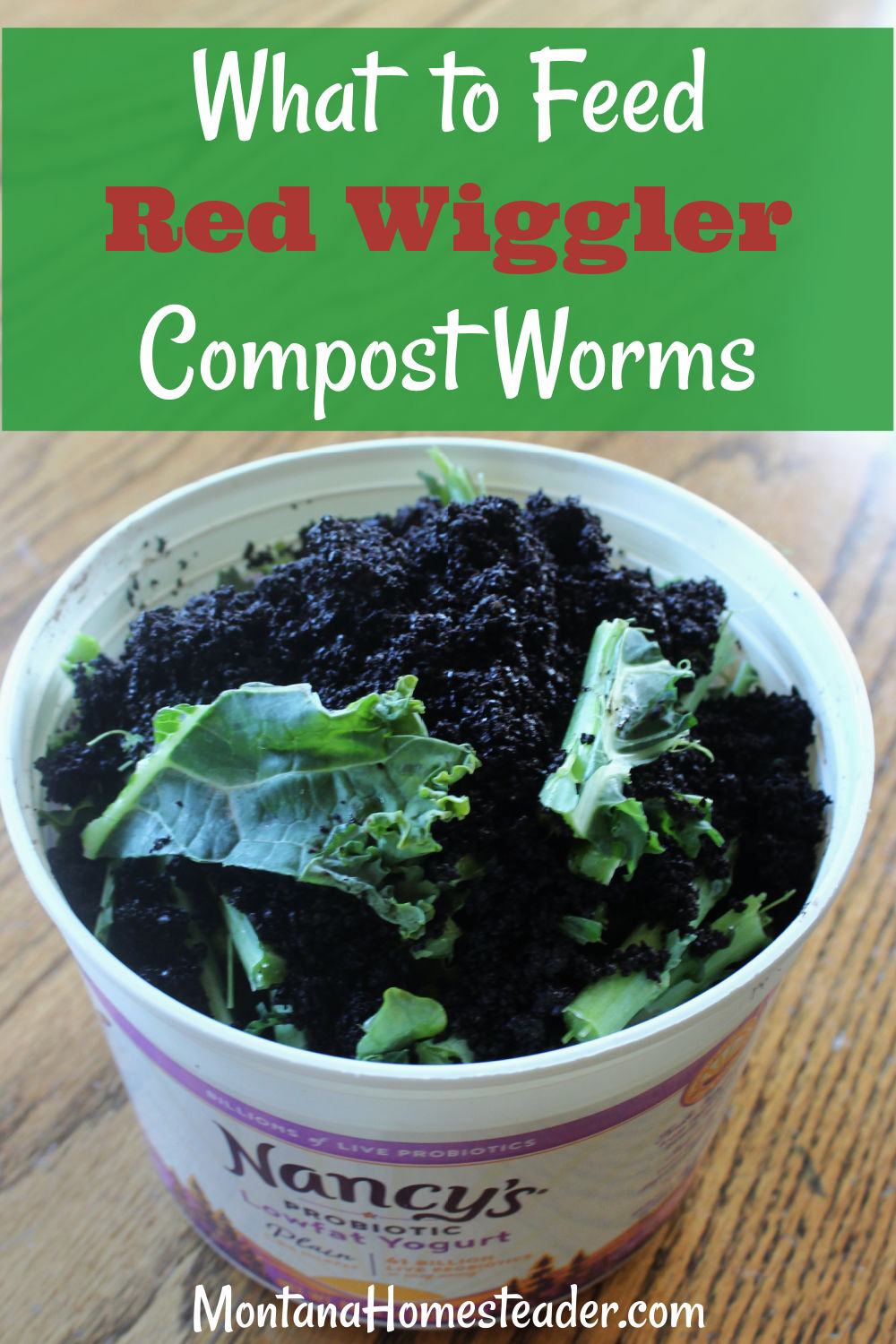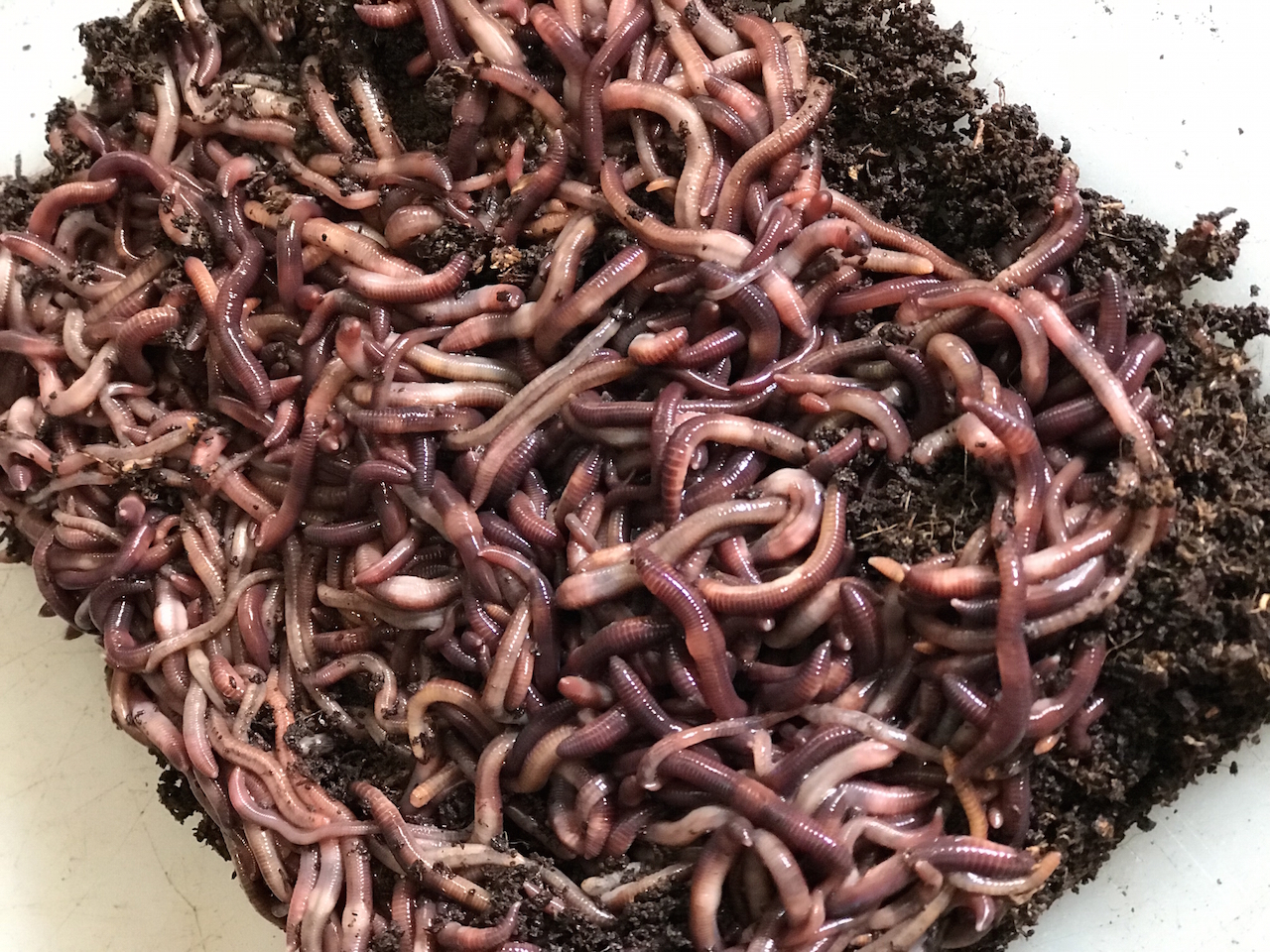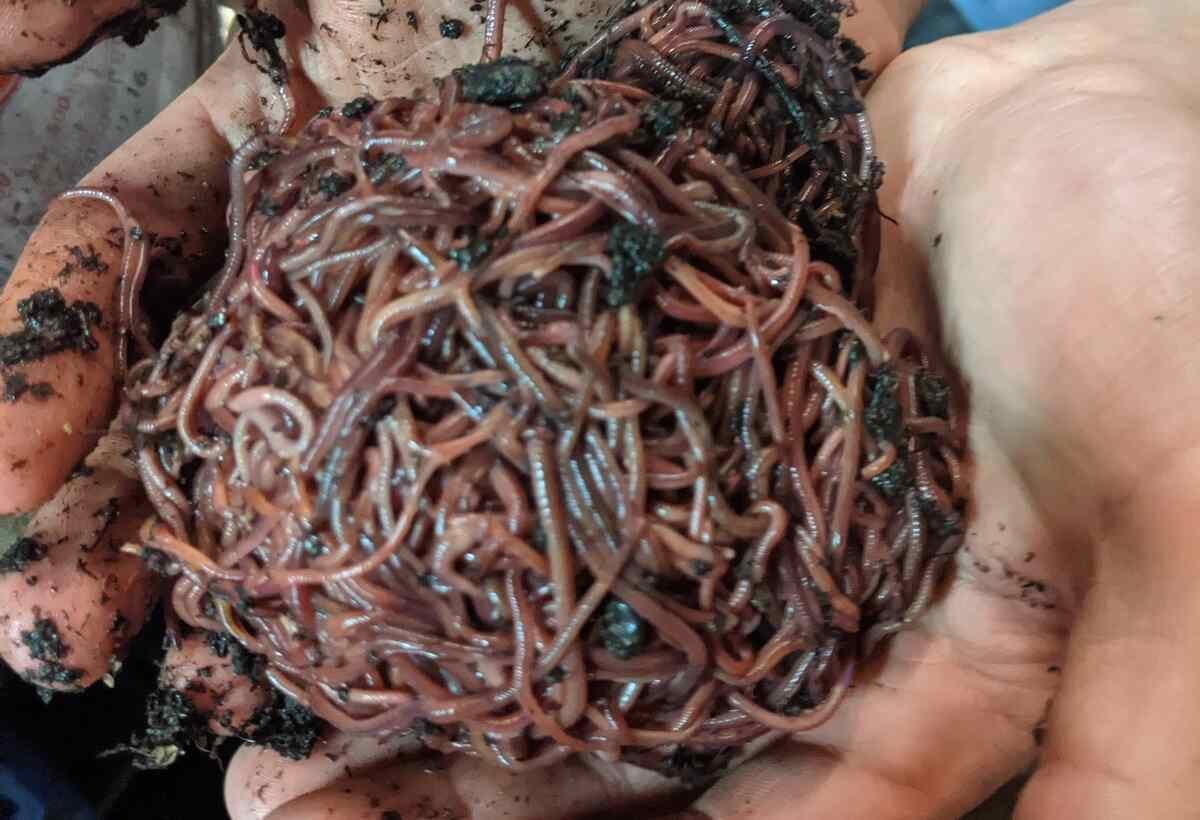Unlock the Secrets of Red Wigglers: Your Guide to Composting Success
The assimilation of red wigglers right into composting techniques provides a substantial possibility for improving soil health and advertising sustainability. Comprehending their demands and habits is important for enhancing their potential, from establishing up a suitable worm container to feeding them the ideal materials.

What Are Red Wigglers?
(Red Wiggler Express)Red wigglers, medically called Eisenia fetida, are a types of earthworm primarily made use of in composting because of their remarkable capacity to break down raw material efficiently. These worms are characterized by their reddish-brown pigmentation and a fractional body, generally measuring in between 3 to 4 inches in length. Unlike various other earthworm types, red wigglers thrive in abundant, natural atmospheres, making them perfect for vermicomposting systems.
Indigenous to North America, they are typically located in rotting fallen leaves and compost heap, where they play an essential duty in nutrient recycling. Their adaptation to residing in a moist, cardio environment enables them to eat large quantities of natural waste, simplifying right into nutrient-rich castings that boost dirt health and wellness.
Red wigglers duplicate rapidly, with a solitary worm with the ability of producing a number of cocoons every week, each containing multiple hatchlings. This fast recreation rate adds to their efficiency in composting procedures. They prefer temperature levels between 60 ° F and 80 ° F, and their task degree increases substantially within this array, further aiding in the decay procedure. Understanding the biology and behavior of red wigglers is vital for optimizing their possibility in composting applications.
Advantages of Making Use Of Red Wigglers
Taking advantage of the power of red wigglers in composting uses countless advantages that boost dirt wellness and advertise lasting waste management. These exceptional microorganisms efficiently damage down natural issue, changing kitchen area scraps and lawn waste into nutrient-rich vermicompost. This ended up item is incredibly beneficial for plant development, as it boosts dirt structure, enhances moisture retention, and enhances nutrient availability.

(Red Wiggler Express)Additionally, the visibility of red wigglers in your composting system can accelerate the composting procedure, generating high-grade garden compost in a portion of the time contrasted to standard techniques. The castings generated by these worms are also teeming with advantageous microbes that even more enhance the soil ecosystem.
Establishing Up Your Worm Bin
Developing an efficient worm container is a simple process that can substantially enhance your composting efforts. The first action is selecting an appropriate container. Worm bins can be made from plastic storage bins, wood boxes, or commercially readily available worm bins. Make sure the bin has appropriate water drainage and ventilation holes to preserve optimum moisture degrees and air movement.
Following, prepare the bed linens product, which serves as the worms' environment. A mix of shredded paper, cardboard, and coconut coir functions well, providing a comfortable atmosphere for the worms.

Feeding Your Red Wigglers
To ensure the wellness and efficiency of your red wigglers, it is important to offer them with a well balanced diet plan that meets their dietary requirements. Red wigglers thrive on a diverse variety of natural products, which not only supply needed nutrients yet likewise promote effective composting.
Start by integrating cooking area scraps such as vegetable peels, fruit cores, and coffee grounds. Stay clear of citrus fruits, onions, and garlic, as these can be harmful to worm health and wellness. Furthermore, present shredded paper, cardboard, and completely dry fallen leaves to produce a well-aerated atmosphere.
Feeding regularity should be monitored; normally, worms can eat half their body weight in food weekly. It is vital to prevent overfeeding, as excess food can lead to undesirable smells and draw in pests. A great practice is to add food in percentages, enabling worms to refine it before introducing extra.
Preserving dampness levels is likewise crucial; the bedding ought to be wet but not soggy. Be certain Red Wiggler Express to consistently check the temperature and pH degrees of the container to make certain an optimal environment for your red wigglers, eventually improving their composting performance.
Harvesting and Using Garden Compost
An effective composting procedure with red wigglers culminates in the rich, dark compost called vermicompost, which can significantly boost dirt health and wellness and plant development. Collecting this nutrient-dense product normally happens every three to six months, relying on the dimension of your system and the amount of raw material being processed.
To harvest, delicately different the compost from the worms and any undecomposed products. One efficient method involves relocating the components of the container away and adding fresh bedding and food to the void, urging the worms to move. After a few days, the garden compost can be gathered from the opposite side.
It is important to make use of vermicompost correctly to optimize its advantages. By integrating vermicompost right into your gardening program, you not just recycle natural waste but likewise develop a flourishing ecological community that sustains sustainable gardening techniques.
Conclusion
In summary, red wigglers function as remarkable allies in composting efforts, transforming natural waste right into nutrient-rich vermicompost (Red Wiggler Express). Their distinct biological characteristics and efficient waste processing capacities add considerably to lasting horticulture techniques. By understanding the ideal problems for their environment, feeding requirements, and compost harvesting methods, garden enthusiasts can boost soil health and promote plant vitality. Accepting vermicomposting not only lowers landfill waste yet also fosters a much more ecologically liable strategy to horticulture and source monitoring.